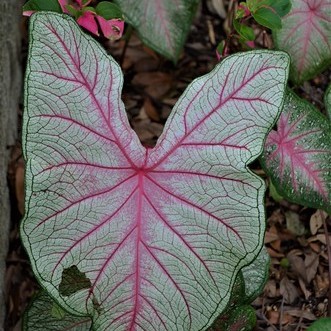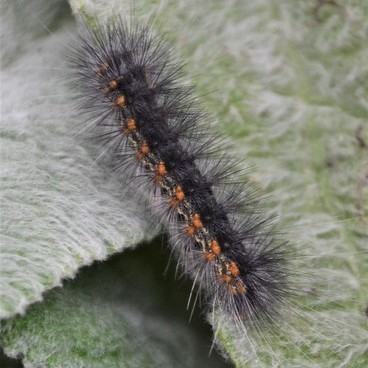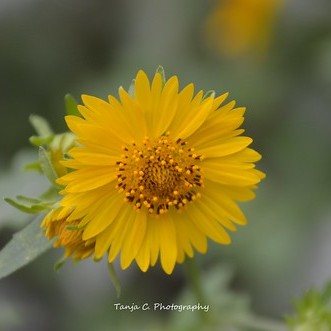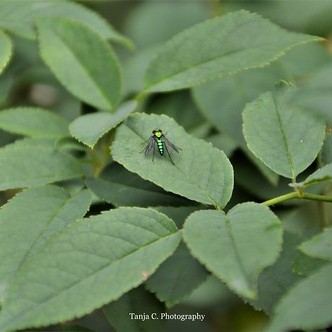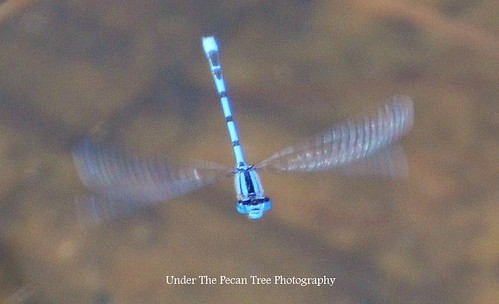


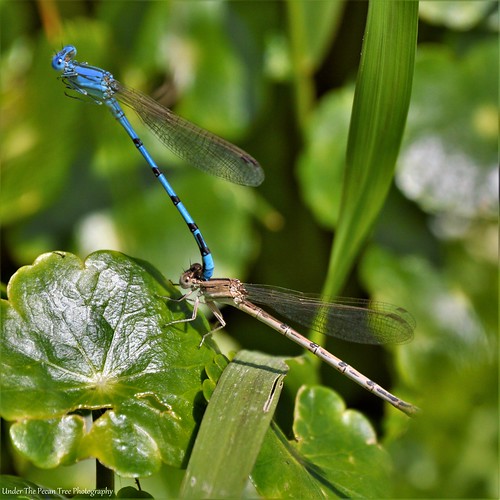
These damselflies inhabit freshwater bodies whose conditions range, they have been seen in acidic fens as well as eutrophic ponds. They have been considered one of the more sensitive insects in an aquatic setting. They are important within the trophic levels as they are an intermediate predator They consume smaller larvae and they are preyed on by fish and larvae bigger than them. The larvae prefer a habitat that has a more complex structure in the ground composition as well as the plants. The larval stages spend most of their time within the plants, climbing, and feeding. Although they do prefer a more complex habitat, they can also be found in habitats with simpler vegetation. They are efficient in both complexities equally, but the complex vegetation also serves as protection from fish. These larvae can live in shallow areas of water without showing signs of competition between the larvae. The damselfly larvae require a plant structure that can withstand the backward movement that occurs when the labium protracts to catch food.
The males of this species are a cerulean blue color with black markings, while the females have a larger variation in their coloring. Within females, there are a few different morphs ch they can take, andromorph and heteromorph. Andromorphic females resemble the cerulean blue males, but they have more black patterning on their bodies. The heteromorphic females are more of a brown or green-brown color and do not resemble the males at all. The reasoning behind the different morphs is to attempt to limit the amount of attention the female receives when she is near the water for reproduction. The common blue damselfly can be easily mistaken for the azure damselfly (Coenagrion puella), but on the back and the thorax, the common blue damselfly has more blue than black; for the azure damselfly, it is the other way around. The second segment of the thorax has a distinctive spot with a line below connecting to the third segment. Another difference can be observed when inspecting the side of the thorax. The common blue damselfly has only one small black stripe there, while all other blue damselflies have two.









